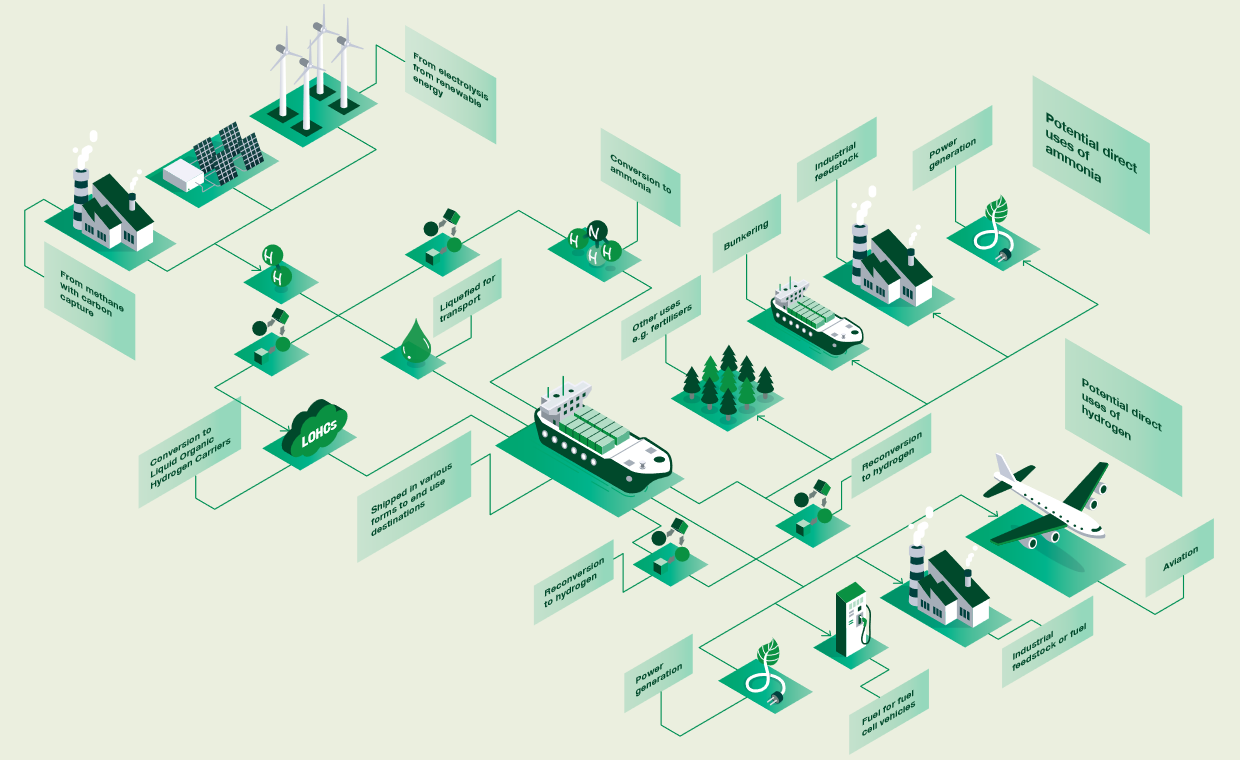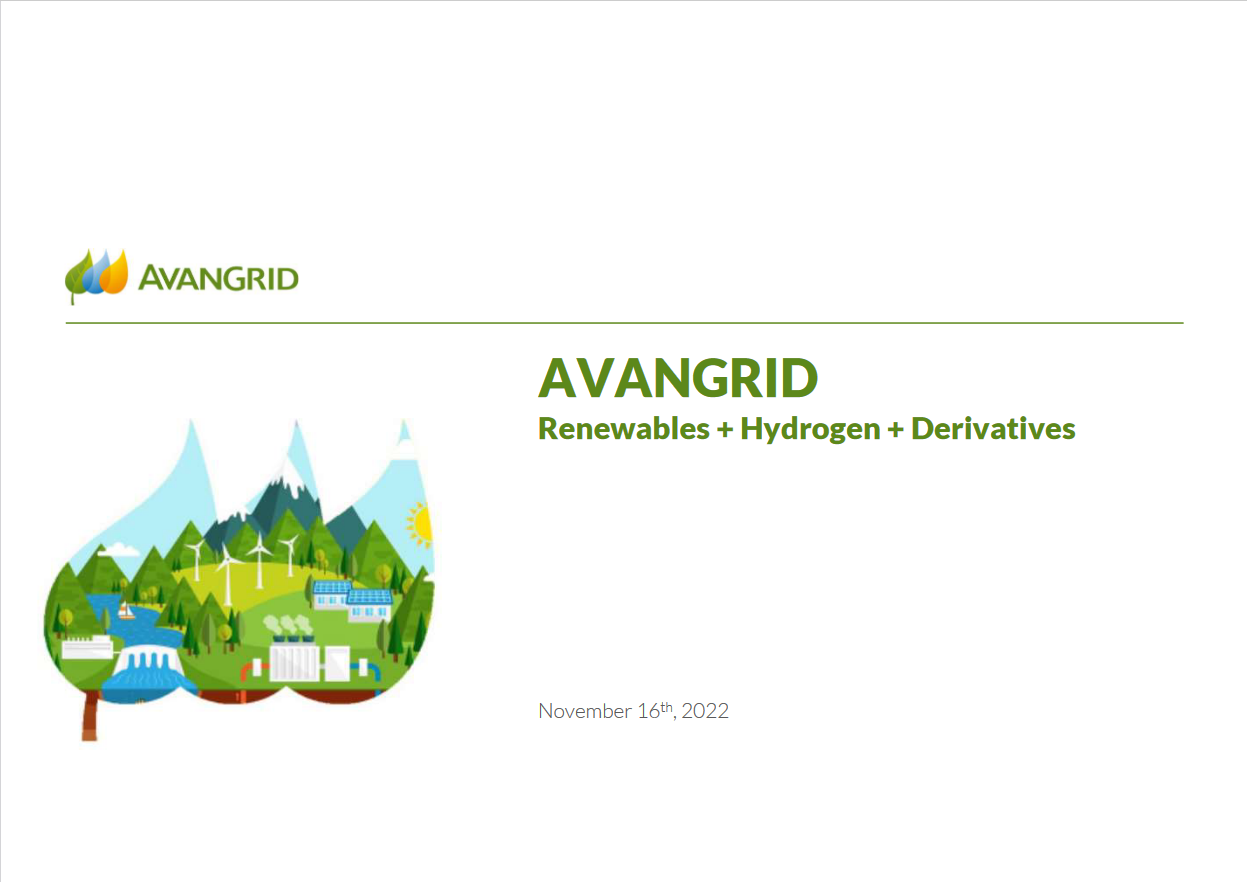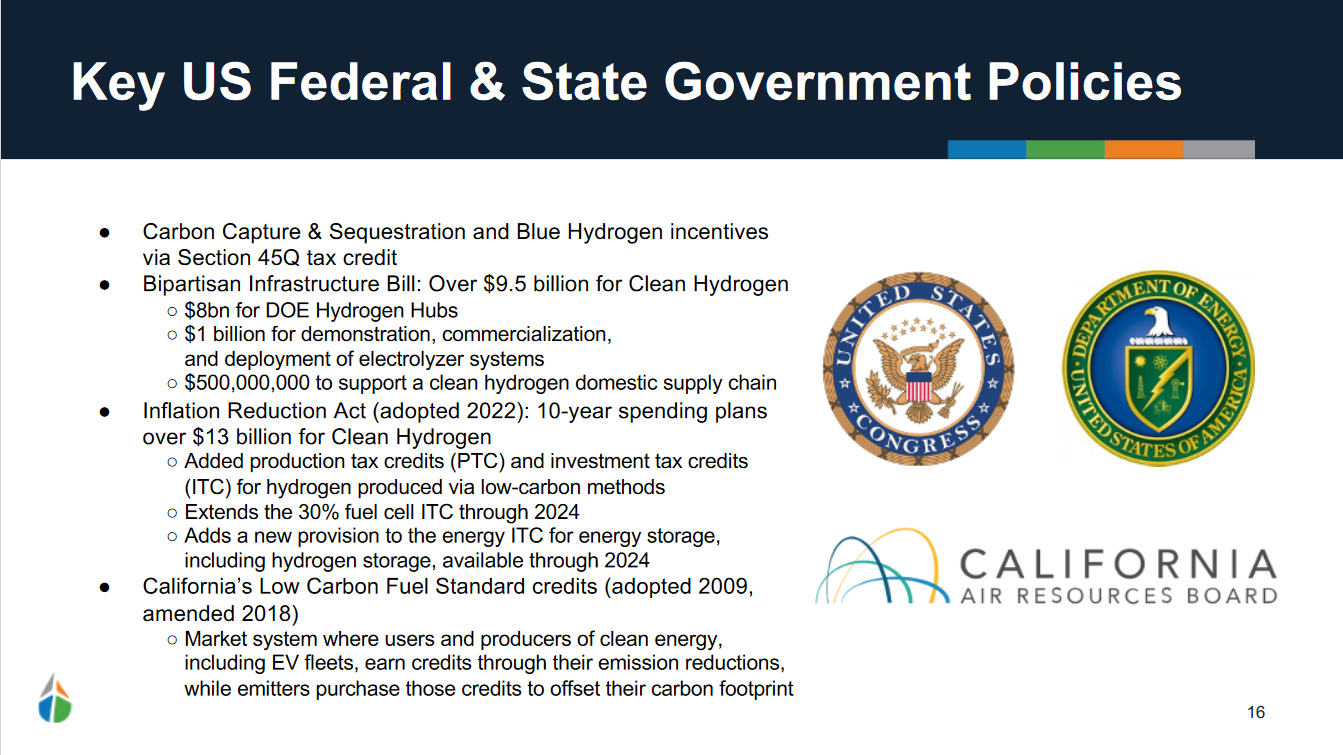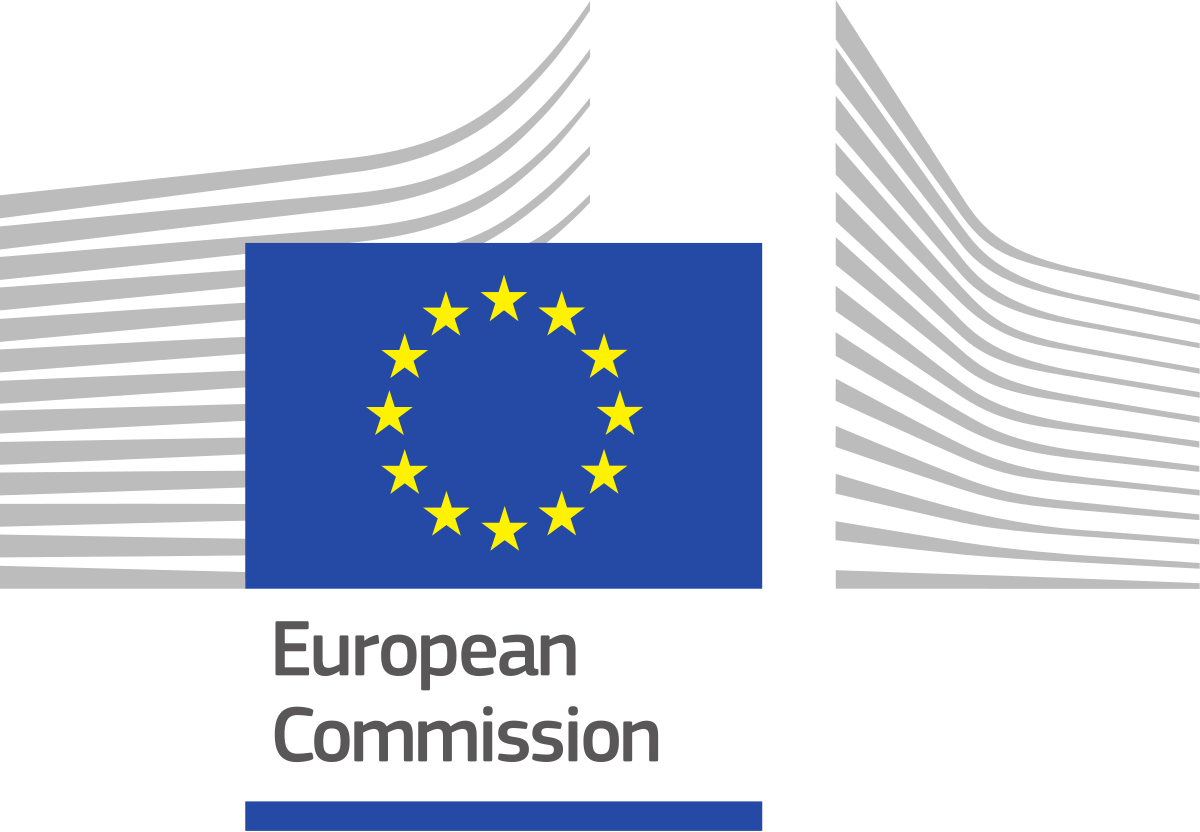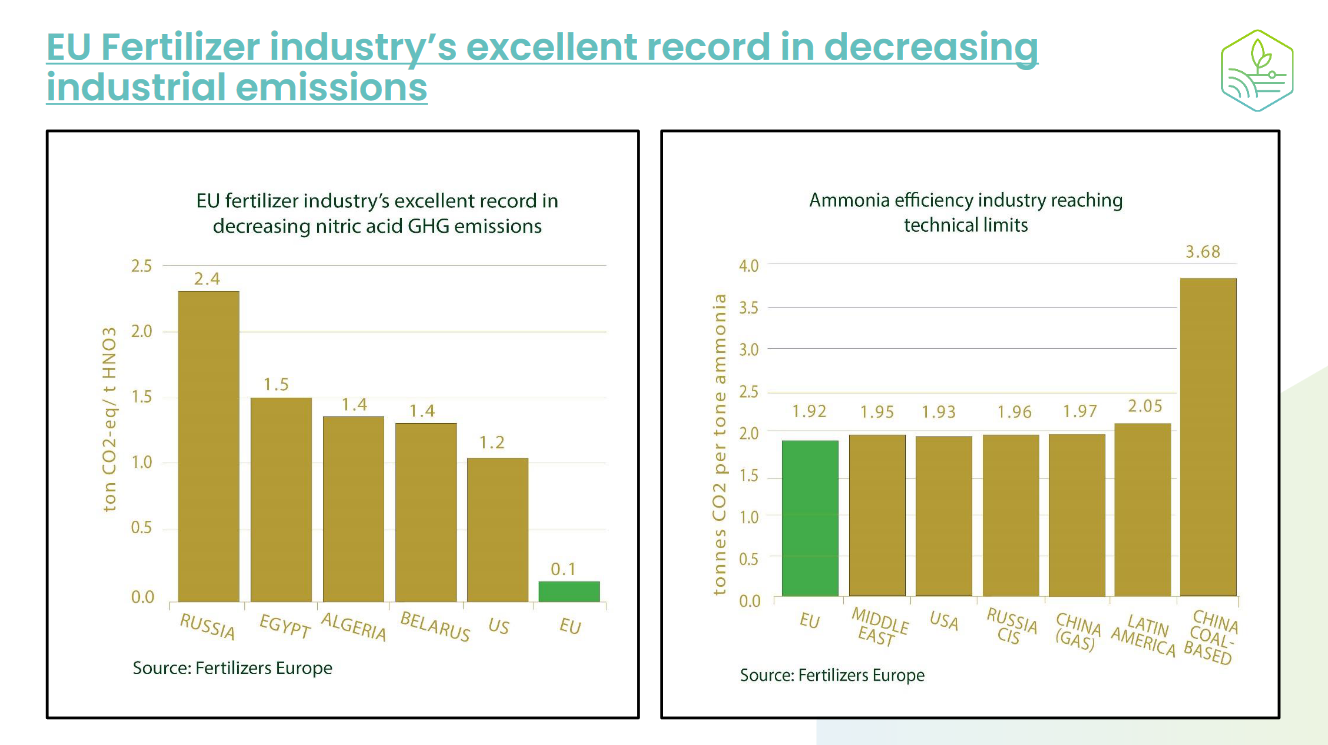Singapore’s government has launched an official hydrogen strategy for the island nation. Ammonia plays a key role in the maritime sector’s multi-fuel transition, with other direct uses emerging in Singapore’s energy future: fertiliser, industrial feedstock and power generation.
Policy
European parliament votes for new renewable shipping fuel requirements
MEPs have voted to adopt the FuelEU Maritime Initiative, a suite of measures that will drive decarbonisation of shipping in the EU. From 2030, at least 2% of the yearly average energy used onboard a vessel must be met with Renewable Fuels of Non-Biological Origin, with an option to revise this requirement by 2028 at the latest.
Making net-zero ammonia possible: new transition strategy for the industry
Mission Possible Partnership has launched a new transition strategy for the global ammonia sector. Endorsed by a series of key ammonia energy players from across the supply chain, Making net-zero ammonia possible sets out a series of levers, mechanisms and priorities for the coming decade to ensure the ammonia sector achieves a 50% emissions reduction target by the mid 2030s, before almost fully decarbonising by 2050.
New hydrogen regulations in Europe
The European Parliament has recently voted on key changes to the Renewable Energy Directive II. The changes include new renewable fuel targets for industry, scrapping the “additionality” clause, and easing temporal & geographical restrictions on electricity PPAs for hydrogen production. A new, €3 billion Hydrogen Bank has also been announced in a bid to close the investment gap in Europe.
Renewable Fertilizers in Europe
In our most recent episode of Ammonia Project Features, we explored the potential for renewable fertilizers in Europe. Birgitte Holder (Yara) explained that renewable hydrogen is low-hanging fruit for decarbonizing food production, but further emissions reduction will come from working across the full value chain: including on the farm itself. Yara’s agreement with agricultural cooperative Lantmannen is part of this wider focus. From a regulatory perspective, Theo Paquet (Fertilizers Europe) showed us there are many regulatory levers to pull to achieve decarbonization goals in the fertilizer sector, and that national food & energy security concerns may accelerate regulatory change in the coming years.
The social license to operate low and zero-carbon ammonia energy projects
Our latest Ammonia Project Features webinar focused on the social license to operate for low and zero-carbon ammonia energy projects. Sam Bartlett from the Green Hydrogen Organisation explained the details of his organisation’s new “Green Hydrogen Standard”, which not only incorporates emissions, but also the environmental, social and governance consequences of a production project. Jonathan Cocker from Borden Ladner Gervais LLP then took us through the key challenges for obtaining social license, and what we can learn from other industries and case studies already in progress around the world.
Ammonia policy in Australia
Concrete steps are being taken on ammonia and ammonia-related policy in Australia. In late 2021, the New South Wales state government launched its Hydrogen Strategy, adding to the list of state-based strategies announced around the country. There is also a high level of industry interest within NSW to develop significant hydrogen (and ammonia) hubs, and renewable energy generation. Federally, all eyes are on the Clean Energy Regulator as they develop the Guarantee of Origin certification scheme, which is soon to begin looking at low and zero-carbon ammonia production. To explore how these policy pieces are coming together, we welcome Matt Baumgurtel (Hamilton Locke), Michael Probert (NSW OECC), Cameron Mathie (CER), Dane Halstead (FFI) and panel chair Andrea Valentini (Argus Media). We also welcome Argus Media as Ruby Sponsors of this year’s conference. Join us in-person or online at 9AM on Thursday 25 August to learn more.

